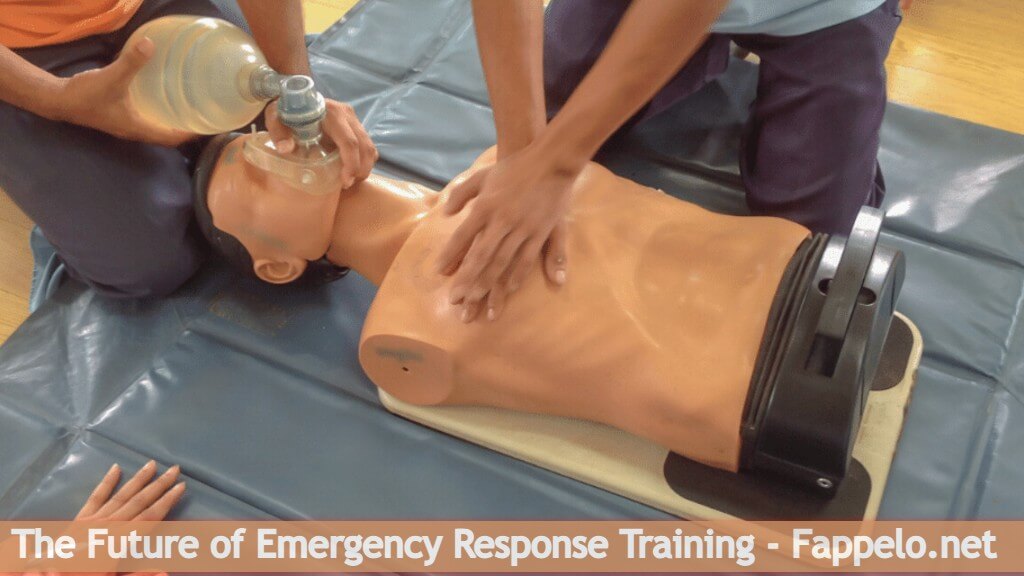Emergencies can strike at any moment, and how we respond can make all the difference. With disasters, health crises, and other unexpected events happening more often, being prepared is key. Technology is helping responders train better, allowing them to react faster and smarter.
These new training methods are changing the game, making it easier to handle the toughest challenges. Curious to see how these innovations can save lives? Keep reading to discover the future of emergency response training!
The Role of Technology in Emergency Response Training
Technology is changing emergency response training. Virtual Reality (VR) and augmented reality (AR) let trainees experience simulated emergencies. These technologies help responders practice in environments that feel real.
Artificial Intelligence (AI) is also improving training. AI can track a responder’s performance and give personal feedback. This helps responders focus on their weak spots and improve their skills.
Simulation: Bridging Theory and Practice
Simulated scenarios are key to good emergency response training. They help responders turn what they know into action during real situations. With these simulations, responders can practice reacting quickly under pressure.
Modern simulation technology makes training more realistic. It covers many types of emergencies, like mass casualty events or chemical spills. This gives responders a chance to practice in different scenarios.
Simulations also help teams work better together. They can show how well team members communicate and collaborate. This makes the team stronger and more effective during real emergencies.
Modern Techniques in Training Delivery
As the needs of emergency responders change, so do their training methods. Blended learning combines online courses with in-person training. This approach lets responders learn at their own pace and still practice skills hands-on.
Mobile training apps make learning easier by offering resources anywhere, anytime. Responders can refresh their knowledge whenever they need to. This makes it easy to stay up to date with the latest skills and techniques.
Platforms like Cprcertificationnow.com show how mobile learning works. They provide important information right at your fingertips. This makes learning more flexible and accessible for responders.
The Importance of Continuous Education
Emergency response training must keep changing with new threats and better methods. Responders need to stay updated with the latest skills. Regular training sessions help keep everyone prepared.
Ongoing education is important to build strong responders. Continuous learning ensures they are ready for any emergency. This can include refresher courses and advanced training to stay sharp.
Sharing knowledge among responders is also key. Peer-to-peer learning helps everyone grow through shared experiences. Workshops and conferences give responders a chance to discuss real cases and improve together.
Transforming Emergency Response Training for a Safer Future
The future of emergency response training is about using tech and fresh techniques. Emergencies are getting harder to handle, it’s crucial to train responders right. By focusing on modern training methods, teams can be ready for anything.
Now is the time to put training first and make sure your team can handle the unexpected. Don’t wait – invest in the best training for a stronger, more confident team. For more tips on boosting your emergency response, check out our latest blog.



